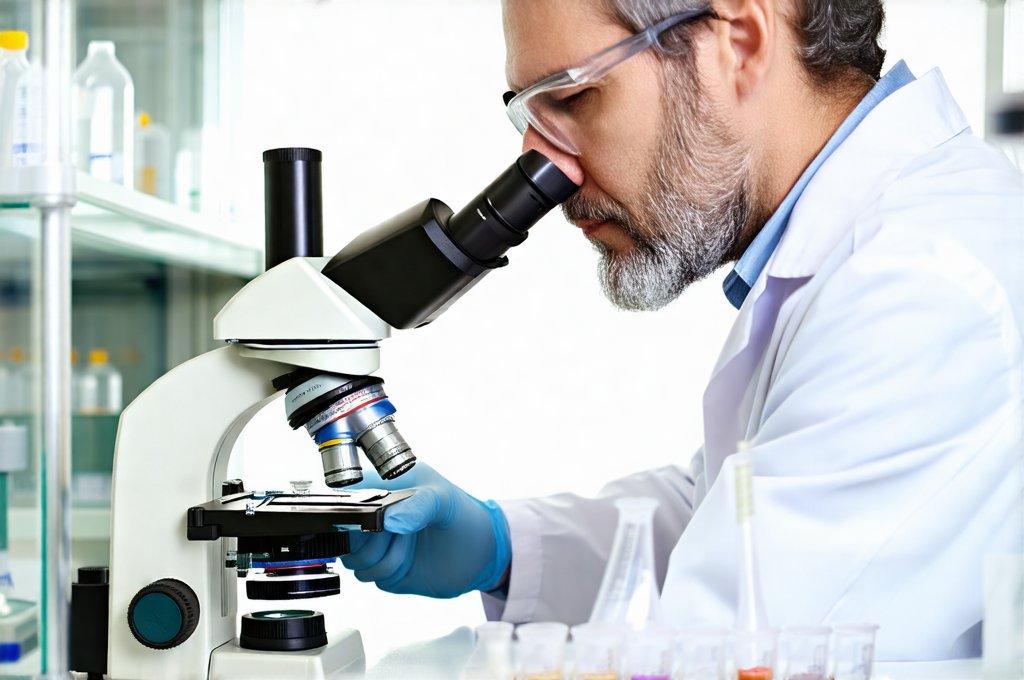The pursuit of peak athletic performance often focuses on rigorous training regimens, carefully curated diets, and sophisticated recovery strategies. However, a surprisingly impactful element frequently overlooked is the pre-workout snack – not just what you eat, but also how it might interact with physiological markers monitored through urinalysis. For athletes undergoing regular testing (required for many competitive sports or health monitoring programs), seemingly innocuous dietary choices can inadvertently trigger false positives or skewed results, leading to unnecessary scrutiny and potentially jeopardizing participation. Understanding the intricate connection between strategic snacking and urine composition is therefore crucial for maintaining both athletic integrity and peace of mind.
This isn’t about “cheating” or masking anything; it’s about informed decision-making. Athletes are increasingly aware of the need to optimize every aspect of their preparation, and that includes anticipating how their bodies will respond – and appear to respond – on diagnostic tests. The challenge lies in navigating the complex interplay between food, metabolism, and urinary excretion. Certain compounds naturally present in foods or created during digestion can mimic substances prohibited by athletic organizations or simply raise flags due to unusual concentrations. A proactive approach, focusing on timing, composition, and portion size of pre-workout snacks, allows athletes to minimize these potential complications and ensure accurate assessment of their physical condition.
The Science Behind the Snack: Metabolites & Urinalysis
Urinalysis, a common method for assessing athletic health and compliance with anti-doping regulations, relies on identifying specific metabolites – breakdown products of substances processed by the body. These metabolites are excreted in urine and can indicate recent ingestion of certain foods, supplements, or prohibited substances. The complexity arises because the metabolic pathways involved aren’t always straightforward. What an athlete consumes doesn’t necessarily appear as is in their urine; it transforms into something else entirely. For instance, consuming large amounts of vitamin C can sometimes lead to a false positive for glucose, while certain amino acids from protein-rich foods might elevate creatinine levels. Understanding repeat urinalysis results is key in these situations.
The timing of snack consumption relative to the urinalysis test significantly impacts metabolite concentrations. The body requires time to process and excrete these compounds. A snack consumed immediately before testing is more likely to influence results than one ingested several hours prior. Furthermore, individual metabolic rates and hydration levels play a role, making it difficult to predict outcomes with absolute certainty. Athletes must therefore understand that a ‘one-size-fits-all’ approach to pre-workout snacking is ineffective; personalized strategies are essential.
A key consideration is the concept of “renal threshold.” Each substance has a point at which the kidneys begin to actively excrete it in urine. Consuming amounts below this threshold might result in minimal impact on test results, while exceeding it can lead to significantly elevated metabolite levels. This explains why small dietary adjustments can sometimes make a big difference.
Strategic Food Choices for Optimal Results
Given these complexities, what types of snacks are best suited for athletes concerned about urinalysis outcomes? Generally, prioritizing simple, easily digestible carbohydrates and lean protein sources is advisable. Complex carbohydrates – like whole grains or starchy vegetables – take longer to digest and can produce metabolites that linger in the system. Instead, opt for options such as:
- Bananas: Provide quick energy without significant metabolite production.
- Rice cakes with a small amount of peanut butter: Offers sustained energy and minimal impact on creatinine levels.
- Applesauce: Easily digestible carbohydrates with low risk of triggering false positives.
- Small portion of plain yogurt: Provides protein and probiotics for gut health without substantial metabolite load.
Avoid foods known to potentially interfere with urinalysis, including: excessive vitamin C supplements, high doses of creatine (unless part of a regular supplementation protocol already disclosed), and large quantities of red meat or organ meats (which can elevate creatinine levels). Hydration is also paramount; adequate water intake helps dilute urine and reduces metabolite concentrations. However, overhydration should be avoided as it can itself skew results. Proper strategic hydration windows are therefore vital to consider.
Understanding Creatinine Levels
Creatinine is a waste product from muscle metabolism that’s routinely measured in urinalysis. Elevated levels often raise suspicion of supplement use (specifically creatine) or dehydration. While athletes might naturally have higher creatinine levels due to muscle mass, excessively high readings could lead to questions. Managing creatinine requires a multi-faceted approach:
- Maintain consistent hydration: Drink sufficient water throughout the day and before testing.
- Avoid excessive protein intake: Reduce consumption of red meat and other protein-rich foods in the 24 hours leading up to the test.
- If supplementing with creatine, disclose it: Transparency is crucial; if creatine supplementation is part of a legitimate training program, ensure it’s properly documented.
The Role of Fiber & Digestion
Fiber plays a critical role in digestion and metabolite production. While generally healthy, excessive fiber intake before testing can lead to increased bacterial fermentation in the gut, producing compounds that might appear in urine. It’s best to moderate fiber consumption in the 12-24 hours preceding a urinalysis test. Focus on easily digestible foods that minimize digestive stress and reduce the risk of unexpected metabolites.
Timing & Test Windows
Perhaps the most crucial aspect is timing. Athletes should be aware of the testing window – the timeframe during which urine samples are collected. A general rule of thumb is to avoid significant dietary changes or consumption of potentially problematic foods within 4-6 hours of testing. This allows sufficient time for the body to process and excrete metabolites, minimizing their impact on results. Planning snacks strategically based on this timeline can significantly reduce the risk of false positives or skewed readings. How travel can also affect these timings so it’s important to be mindful.





















